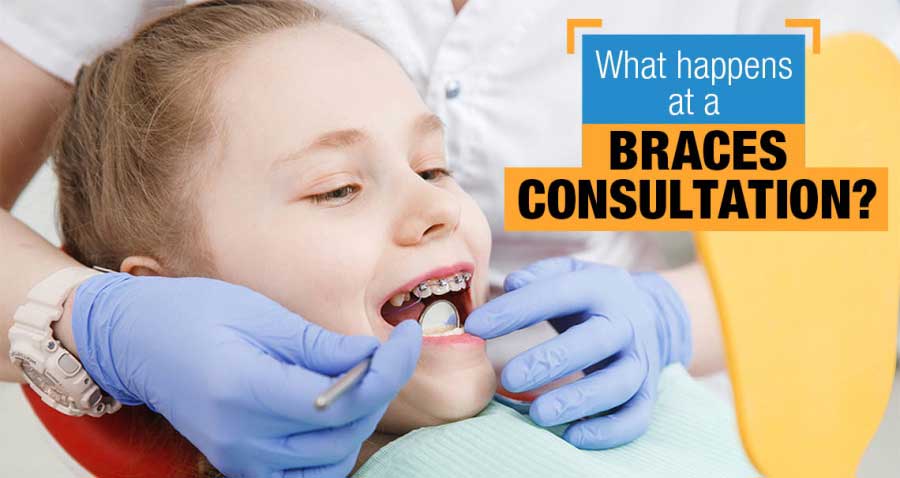Top Tips for Selecting the Best Cumming Orthodontist for Braces and Aligners
Comprehensive Guide to Orthodontics Procedures for Fixing Dental Misalignments
Recognizing the ins and outs of each procedure, including their systems, advantages, and prospective downsides, is essential in making notified choices about one's orthodontic therapy. As we browse through the comprehensive guide to orthodontic procedures for remedying dental imbalances, the complex information of each method will unfold, shedding light on the course towards a harmonious and functional dental placement.
Orthodontic Procedures Summary

Regular changes and surveillance are important parts of orthodontic therapy to make certain development is on track and to make any kind of needed adjustments along the method. By going through orthodontic procedures, people can not just achieve a straighter grin however likewise improve their overall dental health and function.
Typical Braces: Exactly How They Work
When thinking about orthodontic therapies for oral misalignments, standard braces stand out as a time-tested method for correcting teeth placing. Traditional braces are composed of braces, wires, and bands that function together to use continual stress on the teeth, progressively moving them right into the preferred placement.
One key aspect of how traditional dental braces work is the procedure of bone remodeling. As pressure is related to the teeth via the dental braces, the bone surrounding the teeth is improved to support the new tooth positions. This remodeling is crucial for the long-lasting stability of the dealt with positioning. People will certainly require regular adjustments at the orthodontist's office to make sure the braces continue to apply the correct stress for reliable teeth activity.
Unnoticeable Aligners: Disadvantages and pros
Unnoticeable aligners provide a very discreet and convenient alternative to typical dental braces for remedying oral misalignments. These clear, customized trays are essentially unseen when used, making them an appealing choice for people looking for an extra visually pleasing orthodontic treatment. Among the key advantages of unseen aligners is their removability, permitting much easier maintenance of oral hygiene compared to conventional dental braces. Patients can get rid of the aligners before eating or cleaning their teeth, decreasing the danger of food obtaining embeded the home appliance and streamlining the cleansing procedure.

Surgical Orthodontic Options
Surgical treatments in orthodontics present practical alternatives for attending to complicated dental imbalances that may not be efficiently settled via standard orthodontic treatments. While traditional dental braces and unseen aligners can fix many orthodontic concerns, particular instances require medical intervention to achieve ideal outcomes. Surgical orthodontic choices are usually recommended for severe malocclusions, substantial jaw disparities, and instances where the underlying bone framework requires adjustment to achieve correct positioning.
One common medical orthodontic procedure is orthognathic surgical treatment, which entails repositioning the jaws to remedy functional issues such as problem chewing or speaking. This surgery is typically done in cooperation with an orthodontist that aids straighten the teeth before and after the treatment. Surgical orthodontics might also involve procedures to subject influenced teeth, get rid of excess periodontal cells, or improve the jawbone to create an extra unified face account.
Prior to considering medical orthodontic site choices, patients go through a comprehensive assessment to identify the need and potential benefits of such treatments. cumming braces. While surgery might appear overwhelming, it can substantially boost both the function and visual appeals of the smile in instances where conventional orthodontic treatments fall short
Retainers and Post-Treatment Treatment

Failing to abide with post-treatment care instructions can result in relapse, where the teeth gradually move back towards their original settings. Constant retainer wear, excellent dental hygiene, and regular dental check-ups news are necessary for preserving the outcomes attained with orthodontic surgical procedure and ensuring the lasting security of the corrected dental alignment.
Conclusion
In verdict, orthodontic procedures provide various alternatives for correcting dental imbalances. Surgical orthodontic options are readily available for extra extreme imbalances. Generally, orthodontic treatments can effectively enhance oral health and visual look.
As we browse with the comprehensive guide to orthodontic procedures for remedying dental imbalances, the elaborate details of each approach will unravel, dropping light on the path toward a unified and useful oral alignment. - cumming invisalign
One of the most typical orthodontic treatments is the usage of braces, which consist of metal braces and cables that use gentle her explanation stress to slowly change teeth right into the preferred setting.When thinking about orthodontic therapies for dental imbalances, traditional braces stand out as a tried and true method for remedying teeth placing. In addition, invisible aligners may not be ideal for complex orthodontic concerns that need more considerable teeth motion, as they are generally advised for light to modest instances. Retainers are customized orthodontic devices made to hold teeth in their fixed positions after the completion of orthodontic therapy.